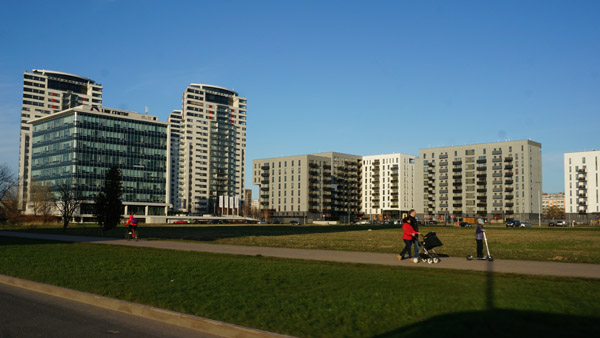1990 independence opened Latvia up for foreign ideas and materials as well as allowed a massive economic growth. This had a tremendous impact on Latvian cities.
In 1990s, Latvia was still poor, but with newly found freedom it sought to quickly built what the Soviets neglected. Therefore, the dull Soviet micro-districts received new churches and shops. The designs were often simple: the goal was to build quickly and cheaply. The materials were also often of low Soviet quality.
Unable to find quality materials, people who had money often resorted to massive size instead, building great personal homes in the suburbs and starting a trend of suburbanization. Likewise, church buildings were crowned by towers similar in size (but not in opulence) to those of ages gone-by. Size, after all, was cheap, as the workers salaries were still especially low.
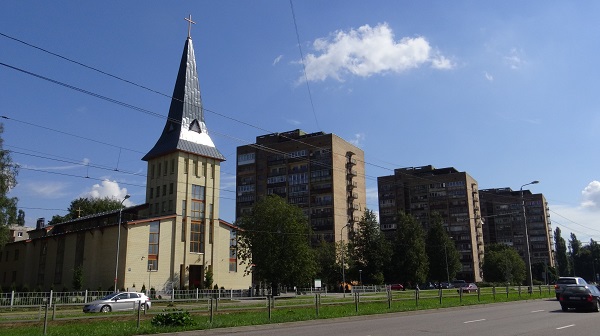
By ~2000 however Western ideas and materials have firmly reached Latvia. Concrete was replaced by glass in facade decor and new office blocks were built in Riga to house the newly-rich local companies and the Baltic branches of multinationals. These buildings would occupy lots near city downtowns skipped by Soviet development or would replace now-abandoned Soviet factories and military zones in a post-industrial Latvia.
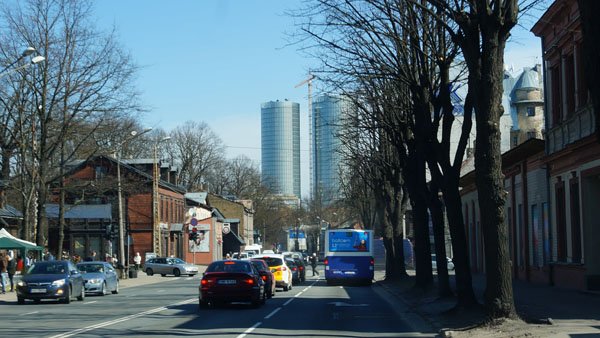
While such growth was severely disrupted by the economic crisis of 2008 when barely anything was built for a few years, the architecture of key public buildings continued to become more unique, drawing on various Western postmodern styles such as deconstructivism and minimalism. Both public and private buildings sought to stand out of surroundings.
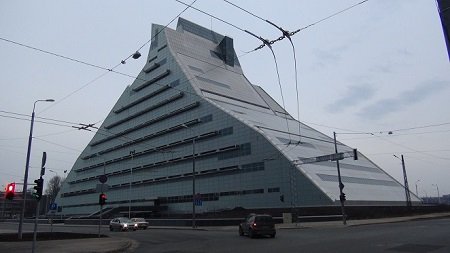
As the Soviet goods shortages disappeared and Latvians earned higher average wagers, shopping malls became the new hubs of public life, somewhat replacing downtowns.
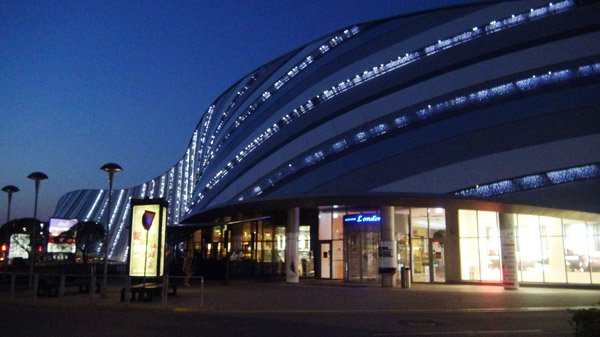
In the suburbs Latvians would typically build smaller but more sophisticated homes. Population declined, but nevertheless new apartment blocks were constructed as even those who did not want to move to suburbs where eager to leave their outdated Soviet flats (often shared among several generations) once income allowed that.
While apartment block living had its image somewhat tarnished by the inefficient buildings of Soviet occupation era, new apartment blocks have been constructed as well for young families.
